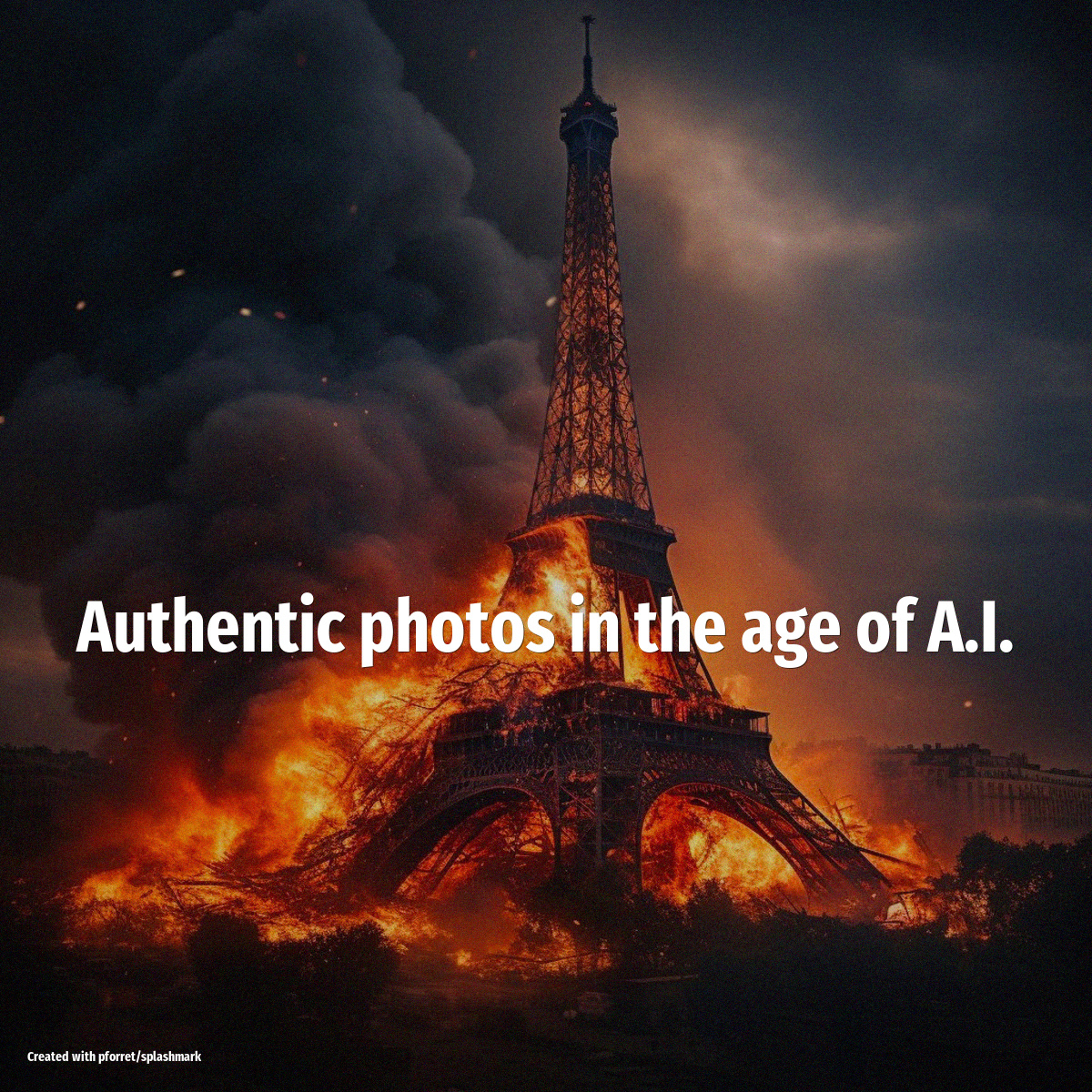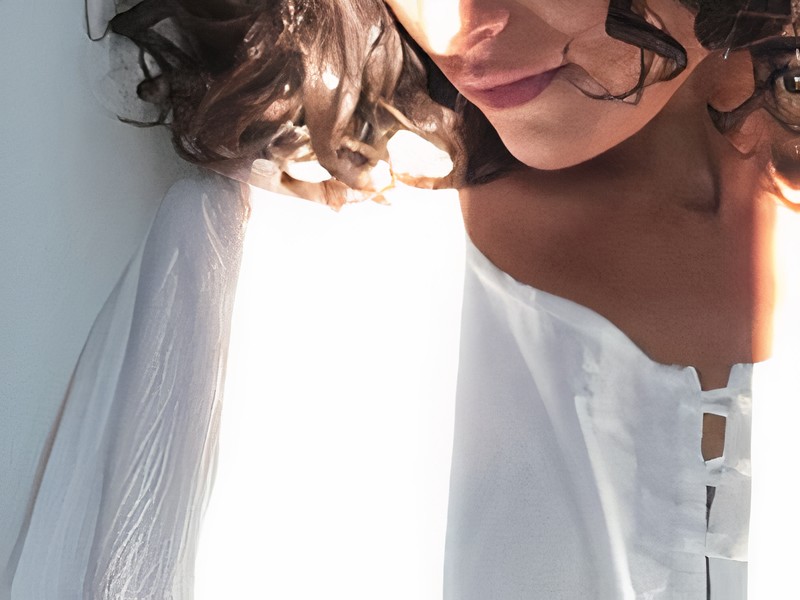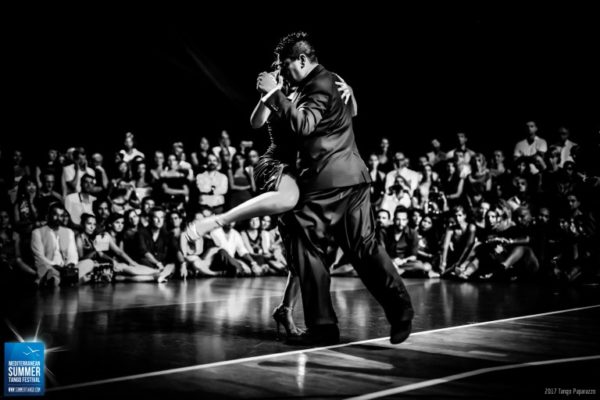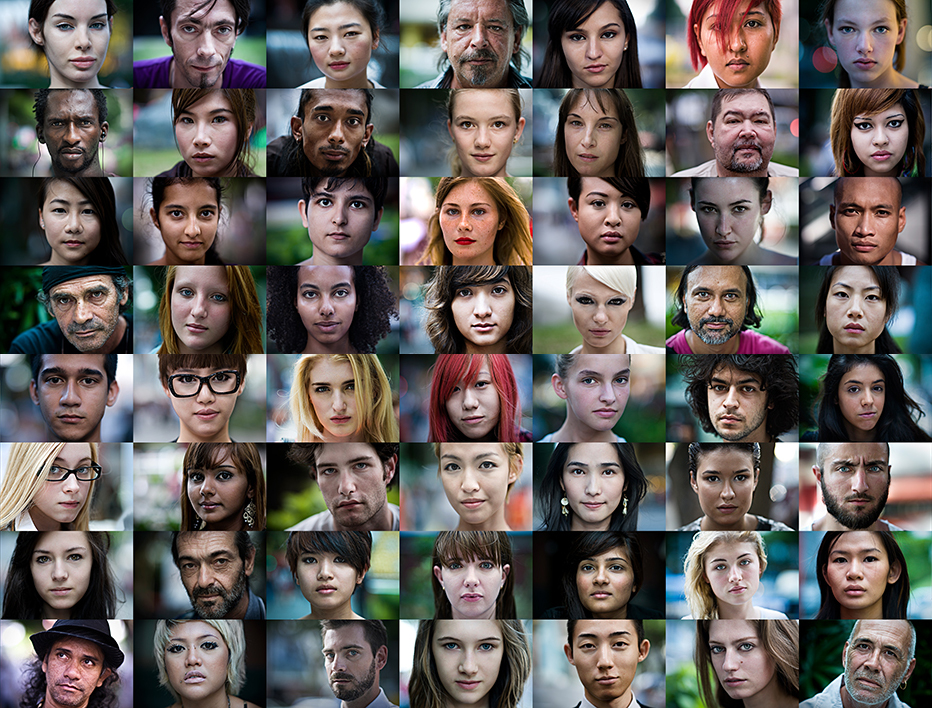Ten tips to take better low-light photos (dance/event/concert)
22 Nov 2019One of my most popular posts is Five tips for taking tango pictures in low light. That information is now more than 10 years old. Technology has evolved a lot since then, as have my photography skills. That’s why there is now the update: Ten tips to take better low-light photos without flash! These are equally valid for tango photography, as well as event, dance and concert photography.
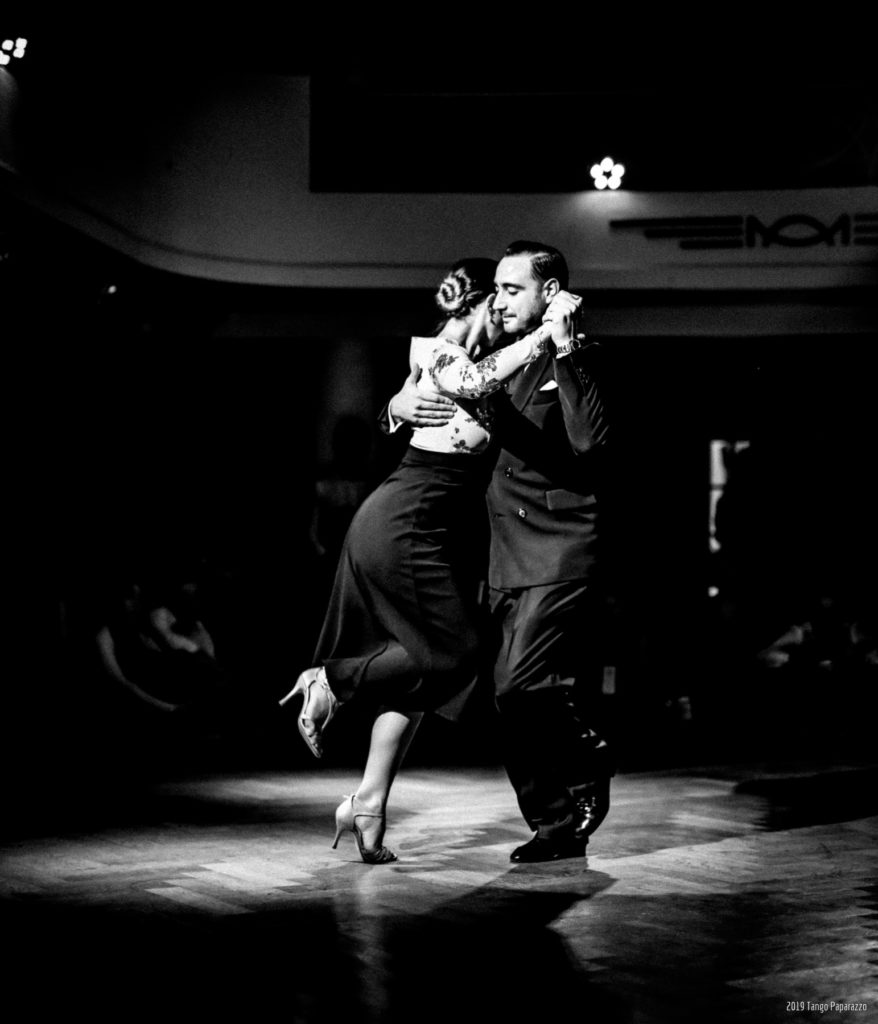 2018 www.tangopaparazzo.com – www.facebook.com/tangopaparazzo/
2018 www.tangopaparazzo.com – www.facebook.com/tangopaparazzo/
1. MAX THE ISO
Test what is the max ISO setting your camera can use while still delivering good photos (i.e. without too much color noise). For my Canon EOS 5D Mk 2 (created in 2008), this was ISO 3200. For its successor, my Canon EOS 5D Mk3 (came out 4 years later) this was already 2 stops better: ISO 12800. If you have a high-end Sony Alpha, that could even be ISO 64000 (the Sony’s are known for their superior low-light performance). When you are in low light circumstances, fix your camera to this value.
Limited by: the quality (& price) of your camera
2. MAX THE SHUTTER TIME
The longest shutter time you can use will depend on the kind of photos you make. If you shoot a static theatre scene, 1/10 of a second is still OK, as long as the subjects don’t blink or move. In argentine tango photography -my specialty- the dancers move in such a way that 1/30 sec is OK most of the time. If they go really slow, 1/15 might even be fine. If there is a performance of maestros, and typically they do fast and spectacular stuff, you will need to use 1/100 or faster to avoid blurry feet and faces.
Limited by: the speed of the movement
3. MAX THE APERTURE
The aperture, or opening of the lens, influences the amount of light that is coming in, so should be as big as possible. Typically this will mean: use a ‘prime’ lens with at least f/1.8, ideally f/1.4 and if you have the budget maybe a f/1.2 lens. The large aperture will also provide a very narrow depth-of-field, which is beautiful, but only if your camera has focused exactly on the right distance. A prime lens also means: there is no zoom. If you have a 50mm lens, and you want close-ups: you will have to get close to your subject.
Limited by: the quality (& price) of your lens
4. CLEVER FOCUS
For event photography, certainly with moving subjects, manual focus will not be an option. You must trust the auto-focus in your camera. But you can help it make better decisions. What I find works best, is: use 1 fixed auto-focus point in your frame (e.g. in the middle), position that point over the thing/person that you want to focus on, preferably on a contrasted zone with sharp borders (a garment with stripes, a shoulder strap, a nose …) and let the camera do the auto-focus there. Typically this operation will be swift (< 1/10 second). Then push the shutter half-way to fix the focus, and reframe, i.e. move your camera so that you get the frame you want to capture. This is a habit that becomes 2nd nature after a while. Focus, reframe & shoot.
Limited by: your reaction speed
5. UNDER-EXPOSE AND FIX IN POST
Whether you let your camera decide on shutter time (aperture-priority), on aperture (shutter-priority) or you even decide everything yourself (manual mode), it is a good idea to under-expose an image, and then dial up the luminance later in Lightroom/Photoshop/Capture One. Photos that are 1 stop, and sometimes even 2 stops, underexposed, can still be fixed in post, and that might be enough to make the difference between a 1/25 sec blurry and a 1/50 sec OK photo.
Limited by: the quality (& price) of your camera.
6. SHOOT IN SEQUENCES
When you know a lot of things will happen in a short period of time, try shooting sequences in continuous mode. If you shoot ten photos at 5 frames-per-second, there is a chance at least one of them will show something interesting. Otherwise you are only counting of the reaction speed of your eye, your finger and the camera, and that might not be fast enough. I used this technique a lot during tango demonstration finales, when you know the performers want to end on a high note and do lots of complicated stuff in the last 5 seconds.
Limited by: the FPS speed of your camera
7. SHOOT QUALITY
Depending on how many pictures you intend to take, and how little light you intend to use, it might be an option to shoot in RAW. It will make it easier for you to salvage severely underexposed photos. Just remember that the photos will be more than 5 times bigger than JPEGs. So your memory card will be full much faster, and so will your hard disk.
In my case, I typically took between 800 and 2000 photos per night. 2000 photos x 5MB = 10GB of photos. If i would have used RAW quality, this would have ballooned to 60GB per night. Using RAW for tango photography was for me not a sacrifice I wanted to do.
Limited by: the storage you can cope with
8. USE TECHNOLOGY
Technology evolves quickly and might produce features that help you make better photos. One example is image stabilisation in camera or in the lens. It can compensate for camera shake during slower shutter times. There is also advanced auto-focus, that recognises and focuses on the eyes of the subjects (e.g. Canon EOS R, Sony Alpha 7R II). Another example is computational photography. This is where a computer (like e.g. your phone) takes one or more photos and improves them by some calculation, There are e.g. algorithms that take multiple images in succession (like a video) and then combine them into one photo with less noise and/or higher resolution (‘image stacking‘). As these features leave the labs and get integrated into cameras/software, they might be a reason to upgrade your gear.
Limited by: the quality of your in-camera or post-processing CPU
9. PICK YOUR POINT OF VIEW
Look at where the lights are, what colors they have, what effect they have on your subject. If you can move around, pick a spot where the chance of success is highest. Some examples from tango: pick a corner where there is some white light instead of all the purple, stand where there is a light behind you that make the faces of people you want to photograph better visible, pick a background that will work well with the bokeh that your lens gives you.
Limited by: your mobility and insight in lighting
10. KNOW YOUR SUBJECT
For tango, this means: the more you know about the dance, the better you will be capable of anticipating movement and capturing unique moments. For concert photography: know the songs and the habits that the performers might have for certain songs. For event photography: know what is going to happen when and where you should be when it happens.
There will always be moments where there is less movement in your frame of vision. Learn to recognise and anticipate these moments. It might be during the last vowel of a lyric, at the end of a dance figure, or when a person is standing still while someone else is taking the main spot.
Limited by: your insight
